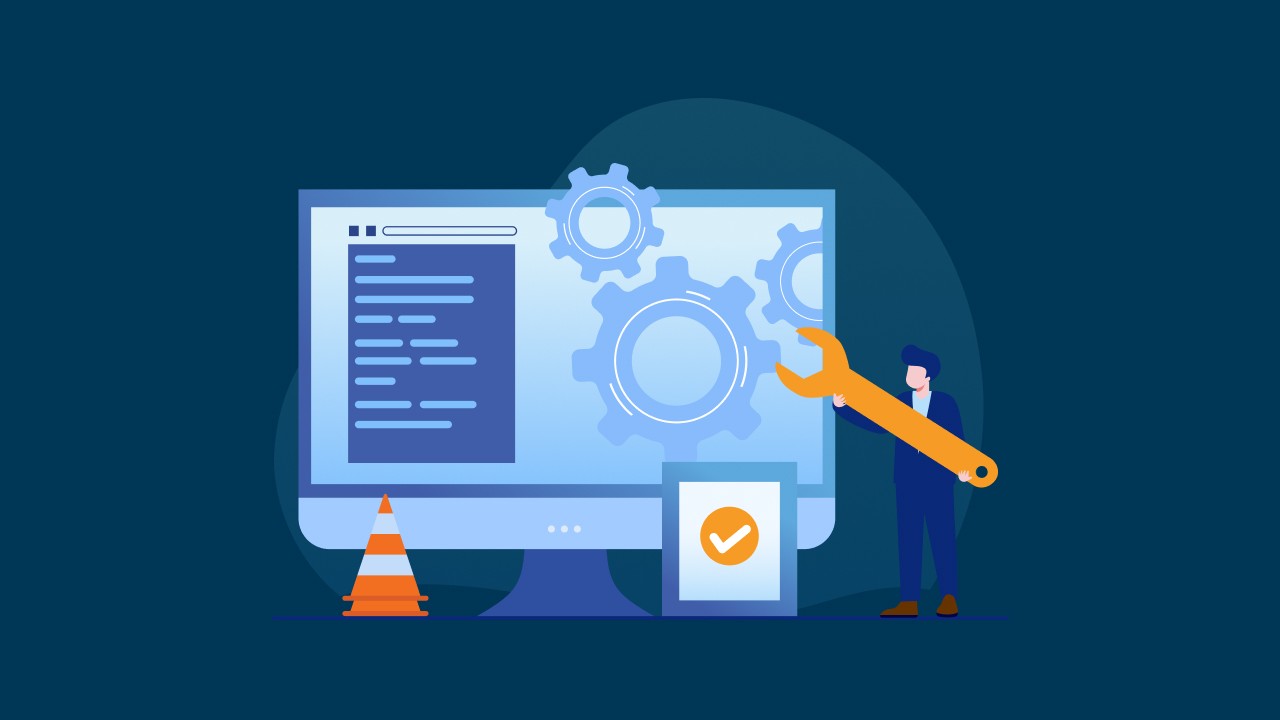In the dynamic realm of software development, maintaining the functionality, performance, and security of applications is paramount to sustaining business operations and meeting user expectations. Software Maintenance Services play a crucial role in ensuring that software systems remain robust, efficient, and aligned with evolving technological advancements. This article delves into the significance of software maintenance services, their benefits, and best practices for organizations looking to optimize their software lifecycle management effectively.
Understanding Software Maintenance Services
Software Maintenance Services encompass a spectrum of activities aimed at managing and enhancing the performance, reliability, and usability of software applications throughout their lifecycle. These services are essential for addressing bugs, implementing updates, optimizing functionalities, and ensuring compliance with industry standards and user requirements. Software maintenance is categorized into different types, including corrective, adaptive, perfective, and preventive maintenance, each serving distinct purposes in improving software quality and longevity.
Key Objectives of Software Maintenance Services
- Bug Fixing and Issue Resolution: Identifying and resolving software bugs, errors, and performance issues to minimize disruptions and enhance user experience.
- Functional Enhancements: Implementing updates and improvements to enhance software functionality, usability, and performance based on user feedback and technological advancements.
- Security Updates: Incorporating security patches and measures to protect software systems from vulnerabilities, cyber threats, and unauthorized access.
- Compliance and Regulatory Adherence: Ensuring software compliance with industry regulations, standards, and legal requirements to mitigate risks and maintain operational integrity.
Benefits of Software Maintenance Services
Engaging in software maintenance services offers several strategic advantages that contribute to software reliability, user satisfaction, and business continuity:
1. Improved Software Performance
Regular updates and optimizations enhance software performance, responsiveness, and efficiency, ensuring seamless operation and user satisfaction.
2. Enhanced Security
Timely security patches and updates protect software systems from evolving cyber threats, safeguarding sensitive data and maintaining trust with users.
3. Extended Software Lifespan
Effective maintenance prolongs the lifespan of software applications, maximizing return on investment (ROI) and reducing the need for costly system replacements.
4. Cost Efficiency
Proactive maintenance minimizes the likelihood of major software failures and associated downtime, reducing operational disruptions and mitigating financial risks.
5. User Satisfaction
Consistently reliable and high-performing software enhances user experience, fosters loyalty, and strengthens the organization’s competitive position in the market.
Core Components of Software Maintenance Services
Software maintenance services encompass a range of activities designed to ensure the ongoing health and functionality of software applications:
1. Corrective Maintenance
Identifying and fixing bugs, errors, and performance issues reported by users or detected through monitoring tools to restore software functionality promptly.
2. Adaptive Maintenance
Modifying software to adapt to changes in operating environments, hardware configurations, or external dependencies, ensuring compatibility and optimal performance.
3. Perfective Maintenance
Enhancing software functionality, usability, and performance based on user feedback, industry trends, and technological advancements to meet evolving business needs.
4. Preventive Maintenance
Proactively identifying and addressing potential issues, vulnerabilities, and performance bottlenecks before they impact software operations or user experience.
5. Documentation and Knowledge Management
Maintaining comprehensive documentation, including software specifications, user guides, and change logs, to facilitate effective maintenance, troubleshooting, and future enhancements.
Successful Implementations of Software Maintenance Services
Organizations across industries have successfully leveraged software maintenance services to optimize software performance, mitigate risks, and drive business growth:
1. Software Development Companies
Software developers utilize maintenance services to support their products post-launch, ensuring ongoing customer satisfaction and competitive advantage in the market.
2. Enterprise Solutions Providers
Enterprise organizations rely on maintenance services to manage complex software ecosystems, including enterprise resource planning (ERP), customer relationship management (CRM), and business intelligence (BI) systems, optimizing operational efficiency and strategic decision-making.
3. Healthcare and Financial Services
Critical industries such as healthcare and finance leverage maintenance services to maintain compliance with regulatory requirements, secure patient data, and safeguard financial transactions.
Best Practices for Leveraging Software Maintenance Services
To maximize the benefits of (SMS), organizations should consider adopting the following best practices:
1. Establish Clear Maintenance Objectives
Define specific goals and priorities for software maintenance, including performance improvements, security updates, and compliance requirements, aligned with business objectives.
2. Implement Regular Updates and Patch Management
Adopt a structured approach to software updates and patch management, ensuring timely deployment of critical fixes and enhancements to minimize vulnerabilities and improve reliability.
3. Engage Stakeholders and Users
Solicit feedback from stakeholders and end-users to identify pain points, usability issues, and feature requests, guiding prioritization of maintenance activities and continuous improvement efforts.
4. Monitor Performance and Metrics
Utilize performance monitoring tools and metrics to track software performance, detect anomalies, and measure the impact of maintenance activities on operational efficiency and user satisfaction.
5. Adopt Agile and DevOps Practices
Integrate agile methodologies and DevOps practices into software maintenance processes to promote collaboration, streamline workflows, and accelerate delivery of updates and improvements.
Conclusion
Software Maintenance Services are indispensable for businesses seeking to optimize software performance, enhance cybersecurity, and ensure ongoing reliability in a competitive marketplace. By investing in proactive maintenance, timely updates, and responsive support, organizations can mitigate risks, improve user satisfaction, and capitalize on opportunities for innovation and growth. Embracing (SMS) not only prolongs the lifespan of software applications but also enhances organizational agility and resilience in adapting to technological advancements and evolving business needs.




